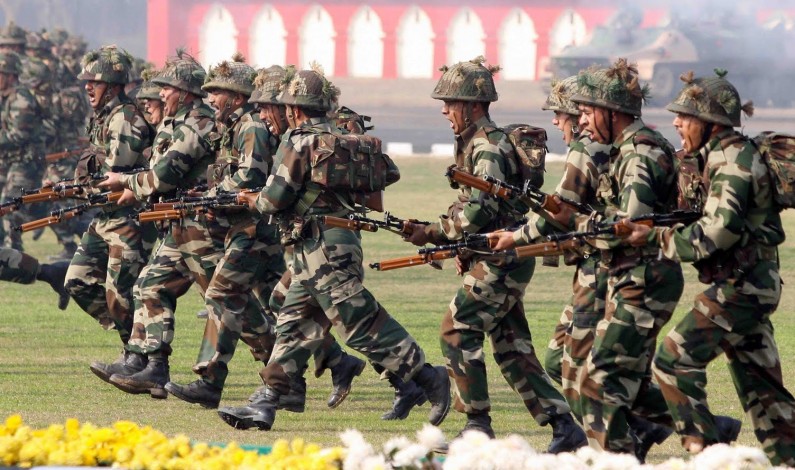Anti-submarine Torpedo ‘Varunastra’ inducted into Indian Navy
- Indigenously-bui It heavyweight anti-submarine torpedo Varunastra inducted in the navy, making India one of the eight countries to have the capability to design and build such a system on June 29, 2016.
- It is developed by Naval Science and Technological Laboratory (NSTL), a premier laboratory of DRDO. It is having weight around 1.25 tonnes that carries about 250 kg of explosives at a speed of around 40 nautical miles an hour.
- Having almost 95% indigenous content, costing about Rs 10-12 crore per unit, is capable of targeting quiet and stealthy submarines, both in deep and littoral waters in intense counter-measure environment.
DRDO Tied-up with Jadavpur University
- Defence Research and Development Organisation (DRDO) and Jadavpur University jointly established the Jagadish Chandra Bose Centre for Advanced Technology. The centre will be housed on the main campus of Jadavpur University on June 23, 2016.
- Focus of the centre will on pursuing collaborative advanced research, starting with secure systems and cognitive technologies, directed energy, unmanned and robotics technologies and then venturing towards other futuristic technologies.
- The DRDO is venturing into collaboration with various academic institutes throughout the country to attract scholars and academies Into defence tesearch.
HAL Launched Indigenous Basic Trainer Aircraft HTT-40
- Hindustan Aeronautics Limited (HAL) inaugurated indigenous Basic Trainer Aircraft (BTA) Hindustan Turbo Trainer (HTT-40) on June 17, 2016.
- The indigenous content on HTT-40 is close to 80%. Almost 50% of the components on HTT-40 are manufactured by private players of the Indian aerospace ecosystem.
- The two-seater aircraft designed and developed by the Hindustan Aeronautics Limited.
- Detailed design phase of HTT-40 was launched in August, 2013 with HAL’s internal funding and was completed in May, 2015.
World’s Most Powerful Nuclear Icebreaker Arktika Launched in Russia
- Russia launched the world’s biggest, most powerful icebreaker on June 16, 2016 in St. Petersburg. The Arktika is 568 feet long and powered by two nuclear reactors. It can break through ice 13 feet deep.
- Arktika is the first vessel in a project aimed at allowing year-round navigation in the North-East Passage-a sea route connecting the Atlantic and Pacific oceans, traversing the Arctic following Russia’s coasts.
- The construction of the Arktika icebreaker was started at the Baltic Shipyard in 2013. The icebreaker will be able to guide ships both in icy waters and in river mouths. The ship can navigate for more than six months without entering ports to recharge the reactor.
INSV-Mhadei Sailed to Mauritius
- The Navy boat INSV-Mhadei steered by an ail-woman, six-member crew that will attempt to circumnavigate the world next year entered Port Louis, Mauritius, on June 14, 2015.
- Mhadei is able to operate with the winds up to 35 km and a swell of up to 5 m during the voyage to Mauritius.
- INSV-Mhadei is a sail training boat of the Indian Navy. It is an Indian-built boat. INSV-Mhadei Is a cruising sloop built at the Aquarius Shipyard Private Limited shipyard in Divar (Goa).




